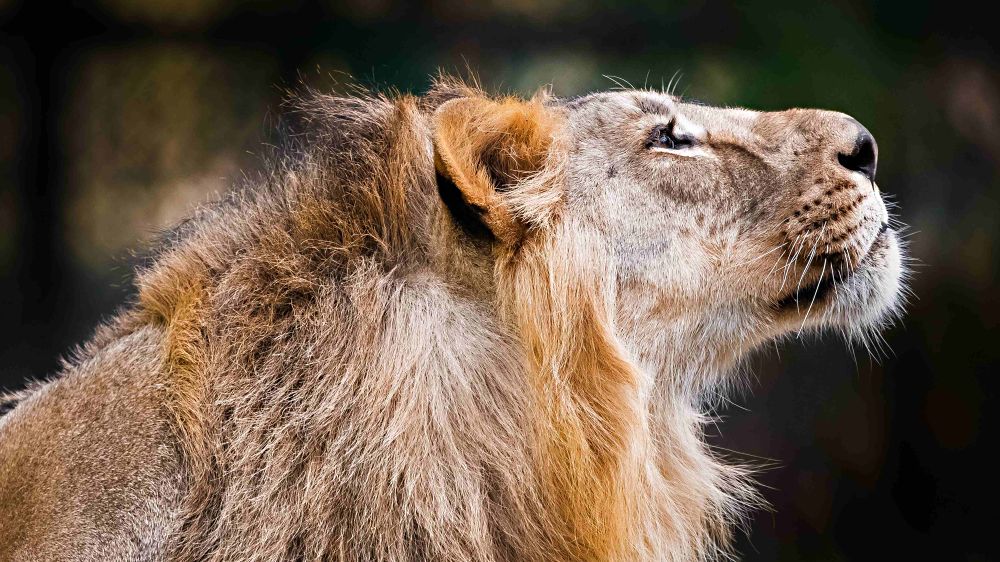Rare lions from India only in Prague Zoo
17. 12. 2015
Prague Zoo is celebrating another major international success. Complex diplomatic negotiations lasting several years have culminated with the arrival of rare lions that come straight from the Indian state of Gujarat. This means that, after a gap of more than twenty years, Prague Zoo has become the only zoological garden in Europe to import pure-blooded Asiatic lions directly from their homeland. Zoogoers can see these lions – named Jamvan, Suchi a Ginni – in the Feline and Reptile Pavilion.

As a lion born back in India, Jamvan is genetically very valuable to the European breeding efforts. Photo: Miroslav Bobek, Prague Zoo
Bringing in three young and unrelated lions from Gujarat is key to the whole European Endangered Species Programme. European breeding was based on only nine founders and needs to be refreshed with new blood. This should be helped by the arrival of male Jamvan and females Ginni and Suchi.
All three were born in human care and travelled to Prague from Sakkarbaug Zoo, which lies close to Gir Forest National Park in Gujarat, India, the only place where Asiatic lions still live in the wild. It is from there that the parents, and indeed grandparents, of the trio of lions are from. Sakkarbaug Zoo is the most successful breeding facility for Asiatic lions, currently breeding 56 of these animals.
"Lions are the jewel of Gujarat and India as a whole and the fact they were given to us is an incredible honour for Prague Zoo and the Czech Republic as a whole,” says the Director of Prague Zoo, Miroslav Bobek.
Jamvan was born at Rampaza Genepool Centre, a breeding facility in Gujarat, on 5th April 2012, before being transferred to Sakkarbaug Zoo. Ginni was born in Sakkarbaug Zoo itself on 20th May 2012 and Suchi came into the world at the same place on 3rd May 2010.
The rare lions flew into Prague on Friday, October 30, 2015. They spent the first few days following their arrival acclimating to their new environment and their new keepers – each in separate quarters. The two lionesses were, however, kept next to each other. The lions’ view of the visitor area was at first covered by a reed mat to allow them to grow used to it gradually.
Four days after their arrival, Prague Zoo keepers decided to unite the two lionesses – the first time that Ginni and Suchi met in a shared space. The two made each other’s acquaintance quite calmly and have, since then, been sharing an exhibit. Keepers still separate them for feeding. About a week after their arrival we started to slowly remove the reed screen. As it turned out, the new view spiced up both lionesses’ lives no end. They set about watching what visitors were up to in the hallway as well as what the lizards were doing in the terrarium across the hallway.
The male, Jamvan, moved into the exhibit compartments some time later. His acclimation took a little longer than that of the two lionesses. As soon as Jamvan made his appearance in the compartment next door, the lionesses showed great interest in him – especially Ginni, who had lived with him back in India. However, Suchi, too, is not averse to sometimes going all the way to the separation-and-meeting grate to lie down close to Jamvan.
A month and a half has passed since the day the rare trio arrived at Prague Zoo, and the reed screen covering the exhibit has now been completely removed. Prague Zoo visitors can now see the lions with their own eyes – inside the Feline and Reptile Pavilion, that is. The outside enclosure will stay closed to these unique large carnivorans until next spring.
{MediaGallery}3047-rare-lions-from-india-only-in-prague-zoo{/MediaGallery}








